How to describe the flavor and taste of espresso describe the characteristics of espresso beans
Although the menu of the front street store does not say espresso coffee, there are still customers who seek heavy taste will take the initiative to order "give me an Espresso" and sigh "enjoyable" after drinking. What flavor does this "heavy" espresso have? Front street, let's talk about how to drink espresso.
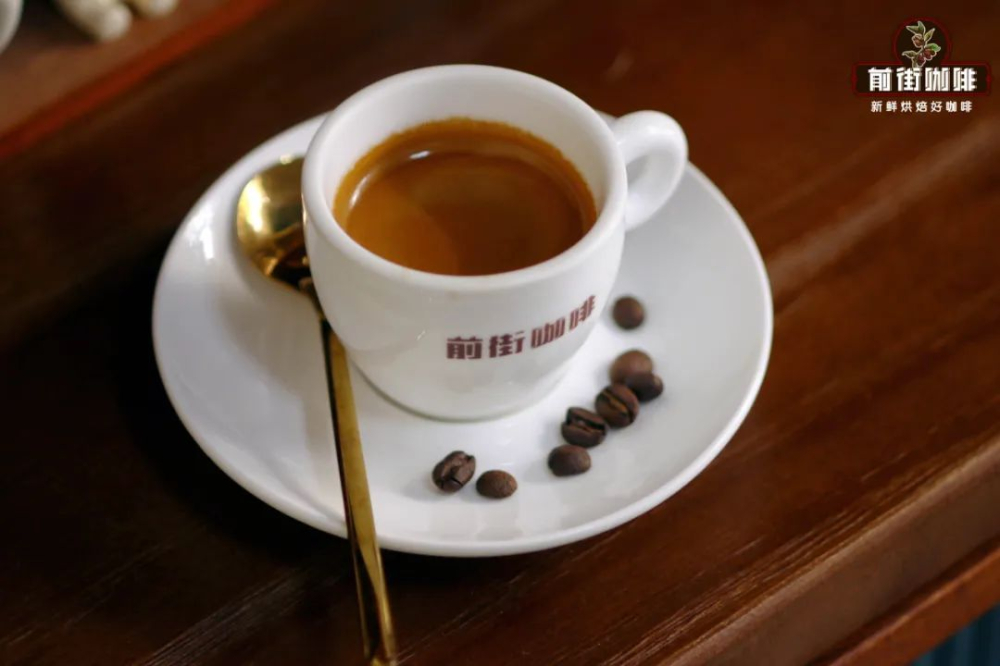
One good espresso.
Espresso refers to the use of espresso coffee machine, under appropriate conditions (high temperature, high pressure), so that hot water under great pressure through the fine ground coffee powder, extracted with rich fat, rich aroma and thick taste of the liquid. This strong taste isn't for everyone, so when making an espresso coffee, the barista usually comes with a glass of water so that guests can rinse their mouth and soften the taste.
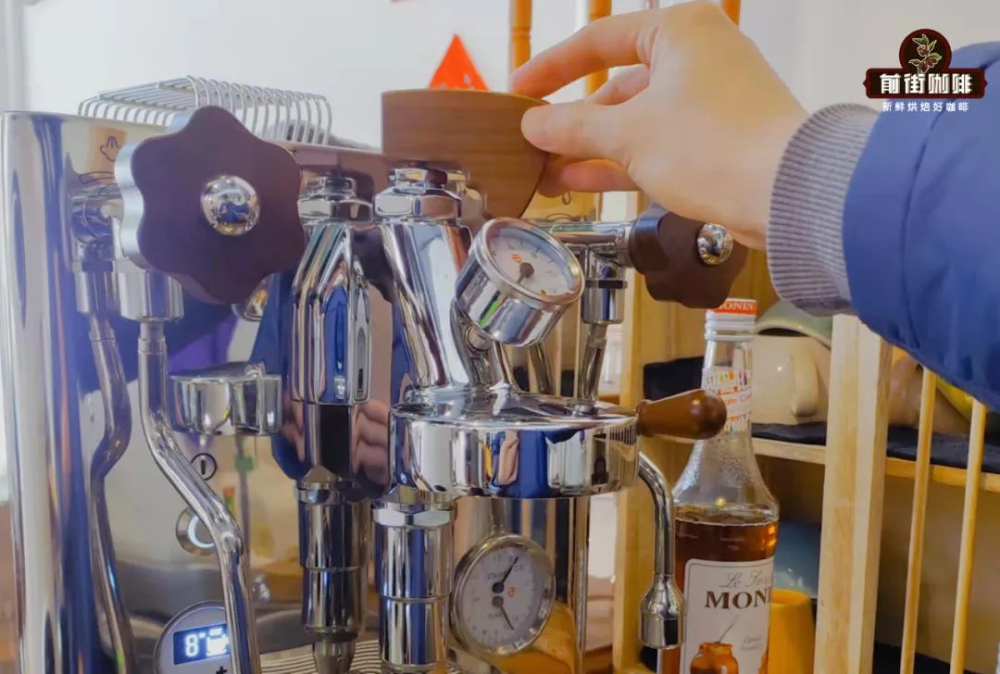
An ideal espresso coffee should have rich golden brown oil, sour, sweet, bitter, alcohol taste rich and balanced, full aroma, clean finish. Espresso as the soul of coffee shops, want to produce a variety of Italian coffee can present the best flavor taste, barista's daily job is to make an ideal cup of Italian espresso.
What does espresso taste like?
Espresso was invented in the early 19th century by Italians to extract a strong cup of coffee in a short time. Traditional espresso coffee, made from very dark roasted coffee beans and enriched with fatty Robusta beans, tastes bitter and intense, requiring a few sips to drink slowly. In recent years, with the popularity of fine coffee, the improvement of coffee bean quality and extraction technology, coffee drinkers have pursued flavor and taste, so today's espresso coffee is not only bitter.
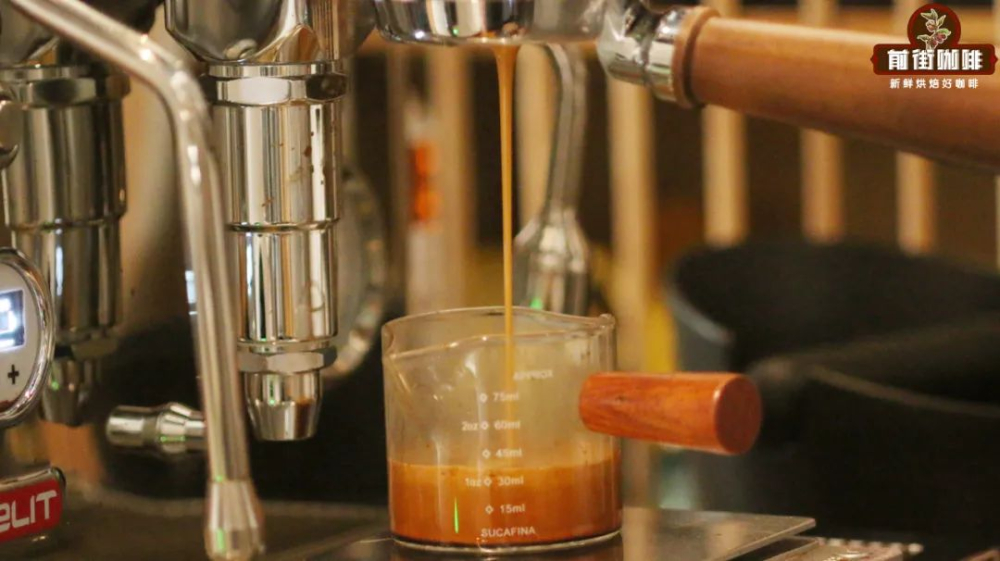
Qianjie believes that no matter what method of extraction is used, the flavor of coffee depends on the coffee beans used. Italian coffee beans are mainly divided into blended coffee and single coffee. Espresso coffee is different from hand-brewed coffee. The finely ground coffee powder is quickly extracted at a high temperature and pressure of more than 9bar. It brings together all kinds of flavors in coffee. If the espresso made from lightly roasted sour coffee is easy to present a sharp taste, most coffee shops will use medium and deep roasted blended coffee beans to complement and blend the flavors of different coffee producing areas, balance the taste and stabilize the extraction.
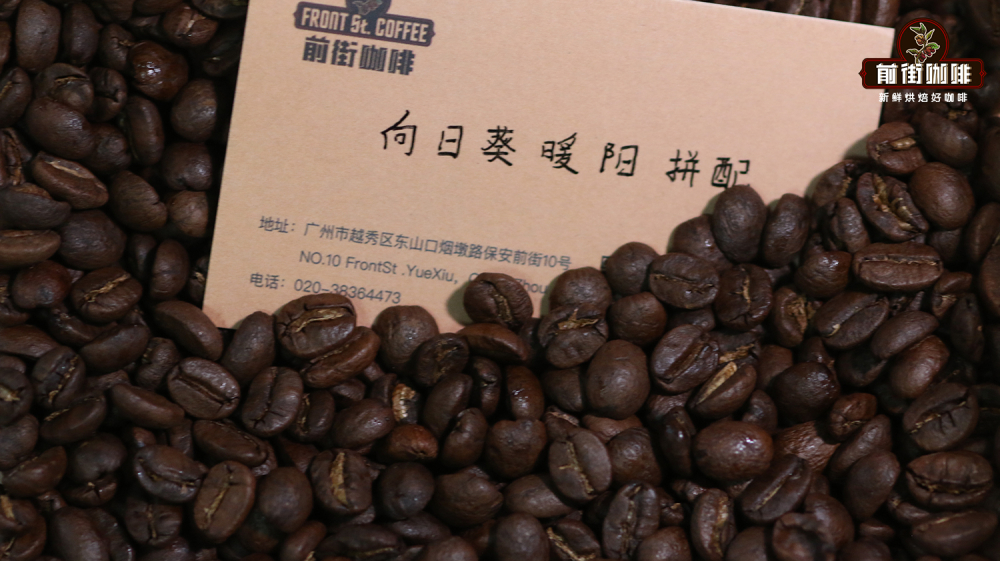
For example, the current street uses sunflower warm sun to mix coffee beans, which are made up of Honduran sherry barrel coffee and sun-dried yejia sherry red cherry coffee in a ratio of 7:3, and medium and deep roasting is selected.
Espresso has a dense layer of fat, called Crema, and a rich whiskey aroma. Espresso is extracted under high pressure, and the carbon dioxide in the coffee powder will be supersaturated due to too much pressure. Since it cannot be released, the carbon dioxide gu i is integrated into the coffee liquid. When the coffee extraction is completed, the atmospheric pressure returns to normal, and the carbon dioxide still remaining in the coffee liquid meets the fat in the coffee liquid when it is ready to return to the air, so it is wrapped in the fat and flows into the cup and then gradually returns to the air.
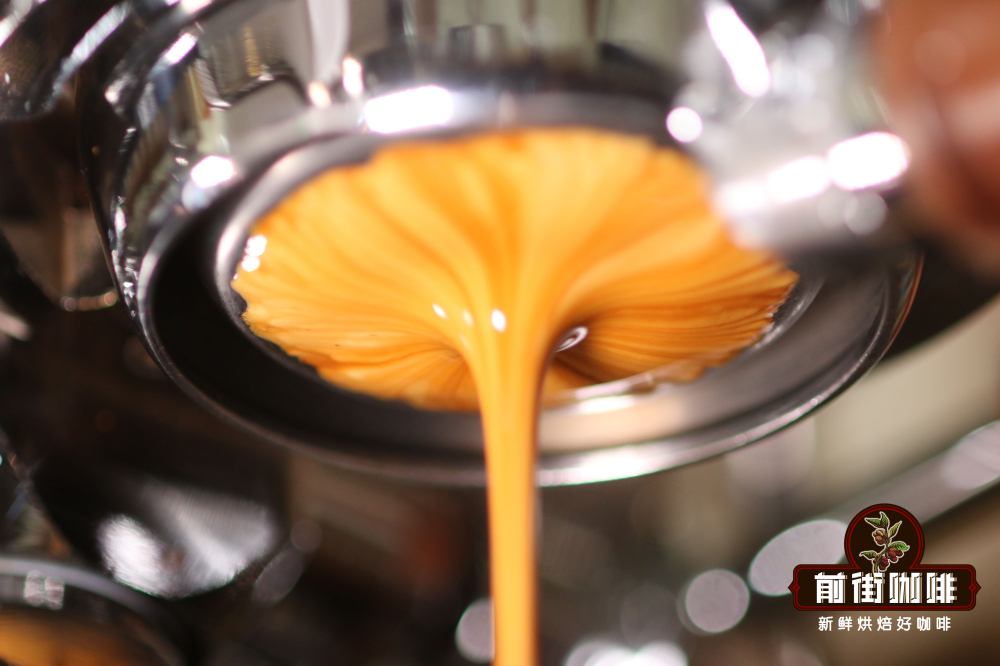
After smelling the aroma, gently stir the thick espresso coffee in the cup with a small spoon to make it uniform, and then you can start to taste and feel the taste buds brought by coffee to the mouth and tongue. At the entrance of the front street, you can feel the flavor of vanilla, nuts and tropical fruits. The creamy foam layer, all kinds of aromas are full, the taste is solid, and the aftertaste presents the aroma of fermented wine. After drinking water, you can feel obvious sweetness.
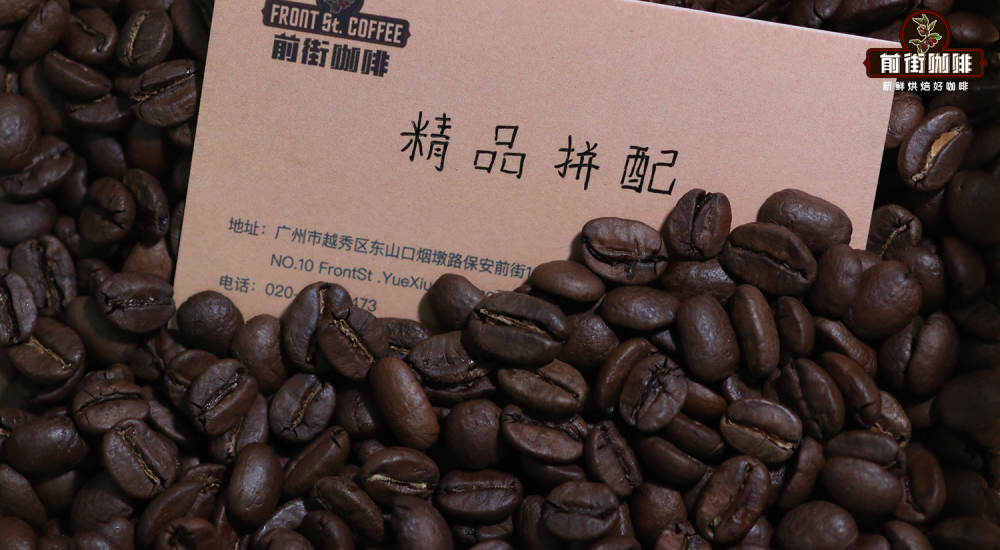
The current street uses another boutique blend of coffee beans, made from Brazilian coffee and Colombia coffee, 7:3 blend. Delicious concentrated extract with rich dark chocolate, caramel, roasted hazelnut aroma, sweet and clear, smooth taste, lingering finish is very long.
Professional coffee knowledge exchange More coffee bean information Please pay attention to coffee workshop (Weixin Official Accounts cafe_style)
More fine coffee beans, please add private WeChat Qianjie Coffee, WeChat: qjcoffeex
Important Notice :
前街咖啡 FrontStreet Coffee has moved to new addredd:
FrontStreet Coffee Address: 315,Donghua East Road,GuangZhou
Tel:020 38364473
- Prev
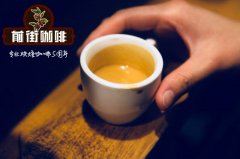
What is the difference between washing coffee and tanning coffee? what is the difference in the taste of washed sun-cured coffee beans?
Professional coffee knowledge exchange more coffee bean information please follow the coffee workshop (Wechat official account cafe_style) sun drying this is a relatively ancient method of treatment. Sun treatment is a kind of low-cost and simple treatment. Sun treatment is to reduce the water content of coffee through a large amount of drying. First, sift out the floating beans and pour the harvested coffee fruit into large ones.
- Next
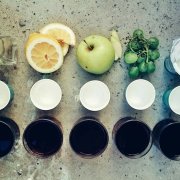
Introduction of raw coffee bean processing equipment. What are the production equipment for coffee?
Professional coffee knowledge exchange more coffee bean information please pay attention to coffee workshop (Wechat official account cafe_style) complete sets of coffee processing equipment: coffee fresh fruit stone classification machine, fresh fruit peeling machine, automatic degumming and cleaning machine, coffee drying room, self-propelled coffee dried bean bagging machine, Husker, dried bean sheller, specific gravity air separator, specific gravity stone classifier, dried coffee bean color sorter, bucket
Related
- Beginners will see the "Coffee pull flower" guide!
- What is the difference between ice blog purified milk and ordinary milk coffee?
- Why is the Philippines the largest producer of crops in Liberia?
- For coffee extraction, should the fine powder be retained?
- How does extracted espresso fill pressed powder? How much strength does it take to press the powder?
- How to make jasmine cold extract coffee? Is the jasmine + latte good?
- Will this little toy really make the coffee taste better? How does Lily Drip affect coffee extraction?
- Will the action of slapping the filter cup also affect coffee extraction?
- What's the difference between powder-to-water ratio and powder-to-liquid ratio?
- What is the Ethiopian local species? What does it have to do with Heirloom native species?

